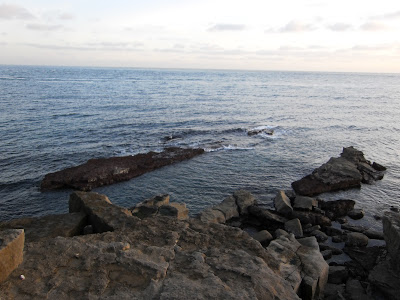Medium-sized goby (a family of small fishes with a notorious reputation of being difficult to differentiate, characterised by a pair of dorsal fins, and a pelvic fin fused into a weak suction cup). The first dorsal fins are elongate, especially the third and/or fourth spine, in this species (but not in Gobius paganellus) during the breeding season. Cream, fawn or sandy with black blotches, sometimes it will appear black. In breeding coloration the elongate first dorsal fin is distinctive.
Breeding:
Spring around the British coasts. The eggs are laid on the underside of rocks and shells, usually in shallow water below low water mark, but also in large estuaries where the salinity may be reduced. Male fish turns a blacker tinge when guarding the nest. The third and/or fourth spine of the first dorsal fin is longer than the others and this is never the case with the similar Rock Goby.
Distribution:
Off all the coasts of Britain and further afield, Baltic, in the shallow seas off the coast of southern Norway, France, Spain, Portugal, temperate Africa, Mediterranean., Black Sea.
In sandy and muddy areas, usually with rock as well, below low water mark and sometimes found intertidally in large pools. The adults are found at low water mark in late summer and autumn, and occasionally under rocks in spring.
Caught Using:
ECOGEAR POWER ISOME mounted on a size 18 kamasan hook, 2lb fluorocarbon leader weighted with 2 AA split shot 3 inches up the trace. Method (LRF).
Location Caught:
Weymouth Harbour (west side) summer.






















